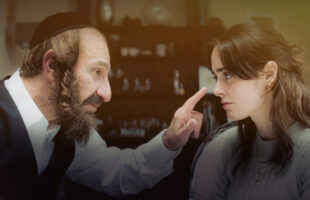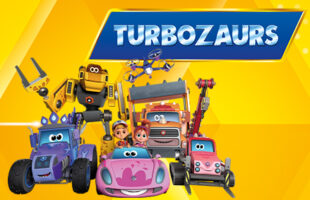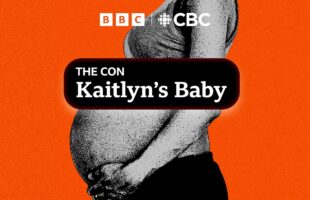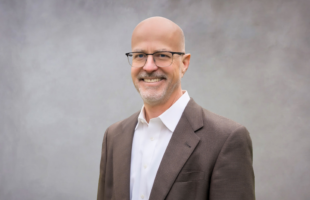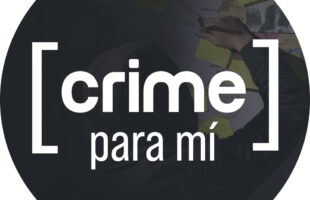Slipping, sprinting, soaring and swinging was a common activity for the 120 contestants who took part in Mistral’s The Biggest Gameshow In The World in Kuala Lumpur last month.
Known originally as Intercities and It’s A Knock Out, the popular French format – which celebrates its 50th anniversary next year – has aired in dozens of countries and languages, including China, Romania and Vietnam. This latest series is the first pan-regional version.
Over two weeks, teams of 30 from Vietnam, the Philippines, Thailand and Indonesia, ran, leaped and cheered at the Bukit Kiara Skate Park where the multi-million dollar production had set up shop.
“We chose Malaysia as a the regional production hub because it has the highest level of skills when it comes to building this highly complex setup – it’s the biggest television game show to be produced in Asia,” said David Searl, Managing Director of ice-TV that is co-producing the series with Mistral.
Searl told TV ASIA Plus that the 3,000sqft set comprises of land and water games with treadmills, rotating platforms, climbing walls and swinging contraptions. Added to the mix are purpose-built costumes, such as giraffes and ostriches, which the team members have to don to compete in certain events. All these items were shipped in containers from Paris. Over the years Mistral’s warehouse has become an “Aladdin’s Cave” of game props and costumes as new games are developed. More than 120 such events are currently in the show’s catalogue.
Searl said it took three weeks to build the set and, as usual in television, there were a few hiccups along the way. “The last container from France got stuck at Customs for an entire week. The reason was due to the French team not stating “costumes” on the forms. Malaysian Customs thought the Ostriches and Kangaroos were real livestock!” Known as the ringmaster of this very physical show, Yves Launoy, President of Mistral Production, said it’s a fantastic opportunity to be involved in this new regional version. Having worked and travelled with Biggest Gameshow for 25 years, he knows everything about the format and what to look out for.
“Working on something of this scale is always fun,” said Launoy, during a break in the first night of shooting. “I’ve also been impressed by the hardwork of the Malaysian crew. I want to take them to Europe next year to work on the shows there.”
Launoy, who was joined by six French colleagues to oversee the production added that the experience the local crew gains from working on such a programme has multiple benefits for the industry. “It’s a great training ground and of course makes it easier when we plan for the next series!”
One of the most intriguing features of the pan-Asian version of the Biggest Gameshow is use of specific hosts from each country taking part.
Shared Searl, “Each broadcaster sends their own host and producers. We shoot all of the games with our own crew with multi-camera. Simultaneously, the team’s crews shoot their hosts for the links and interviews – in their own language of course. Then the broadcaster takes all the material back to do their own post-production. So each country ends up with their own language and their own version, own host and own language voiceover, own editing style, own graphic style – so it’s very, very localized.”
Following the Asia version, a team of 80 from Australia took over the set to shoot their own Aussie production for Channel Ten. Searl hopes this will drum up more interest from around the Asia-Pacific for next year’s series, which could begin work as early as April.
“We’ve had strong interest from broadcasters in New Zealand, the Middle East. Singapore said they may send a team,” said Searl, who has plans for other pan-regional formats in the pipeline for next year. “It’s a great concept with a lot of potential for Asia. It’s a family show, a physical show of intense competition but all in good fun.”



